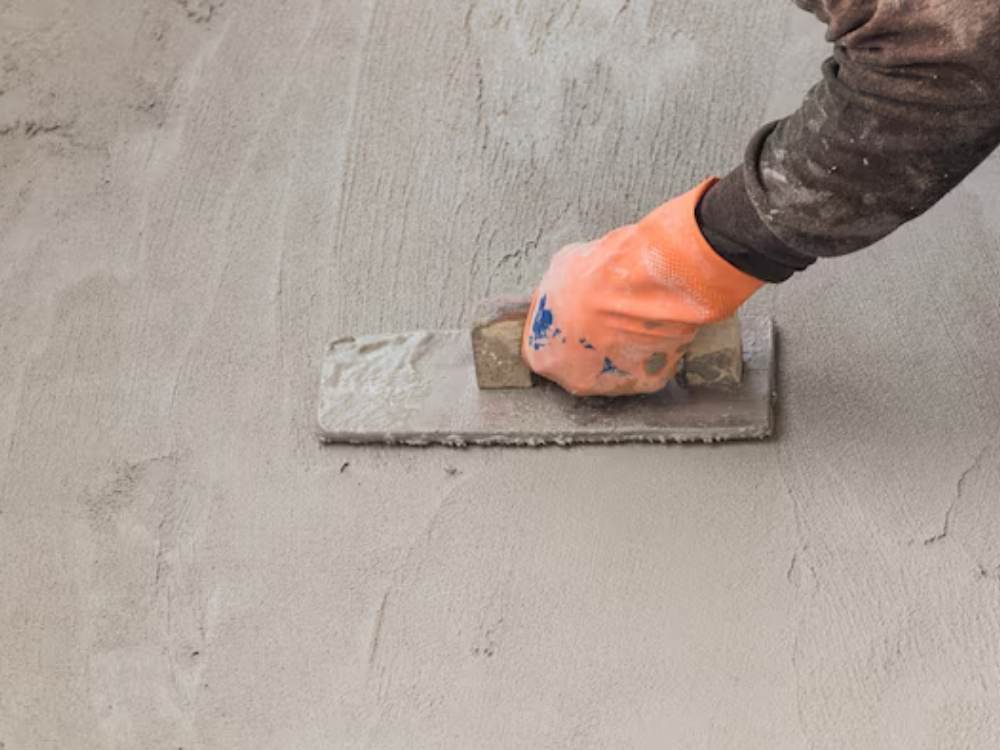Epoxy injection is a popular technique for repairing cracks in concrete. It involves injecting epoxy resin into the crack, which effectively fills and seals the void. The process typically involves the following steps:
a. Crack Assessment: The crack is inspected to determine its depth, width, and potential causes. This helps in selecting the appropriate epoxy and injection method.
b. Surface Preparation: The crack is cleaned and prepared by removing any loose particles, dust, or debris. This ensures proper adhesion of the epoxy and improves the effectiveness of the repair.
c. Injection Ports: Injection ports are installed along the length of the crack. These ports act as entry points for the epoxy resin and help in achieving uniform injection along the crack.
d. Epoxy Injection: The epoxy resin is mixed according to the manufacturer's instructions and injected into the crack through the installed ports. The injection is typically performed under pressure to ensure proper penetration and filling of the crack.
e. Curing and Finishing: The injected epoxy resin undergoes a curing process to harden and create a strong bond. Excess epoxy is trimmed or removed, and the surface may be finished or sealed to restore its appearance.
For wider or more extensive concrete cracks, concrete patching is often used. This method involves removing loose or deteriorated concrete from the crack and replacing it with fresh concrete or a specialized patching compound. The process typically includes the following steps:
a. Crack Preparation: The crack is cleaned and widened, if necessary, to ensure proper bonding between the existing concrete and the patching material. Any loose debris or contaminants are removed.
b. Bonding Agent: A bonding agent is applied to the prepared crack to enhance adhesion between the existing concrete and the patching material.
c. Patching Material Application: Fresh concrete or a specialized
patching compound is mixed and applied into the crack, filling it completely. The material is smoothed and leveled to match the surrounding surface.
d. Curing and Finishing: The patching material is allowed to cure according to the manufacturer's instructions. After curing, the surface may be finished or sealed to match the surrounding concrete and provide protection.
Crack sealing involves the application of specialized sealants or caulks to the concrete crack to prevent the intrusion of water, debris, or other contaminants. This method is often used for smaller cracks or as a preventive measure to protect against further deterioration. The process typically includes cleaning the crack, applying a suitable sealant, and smoothing it to create a watertight seal.






